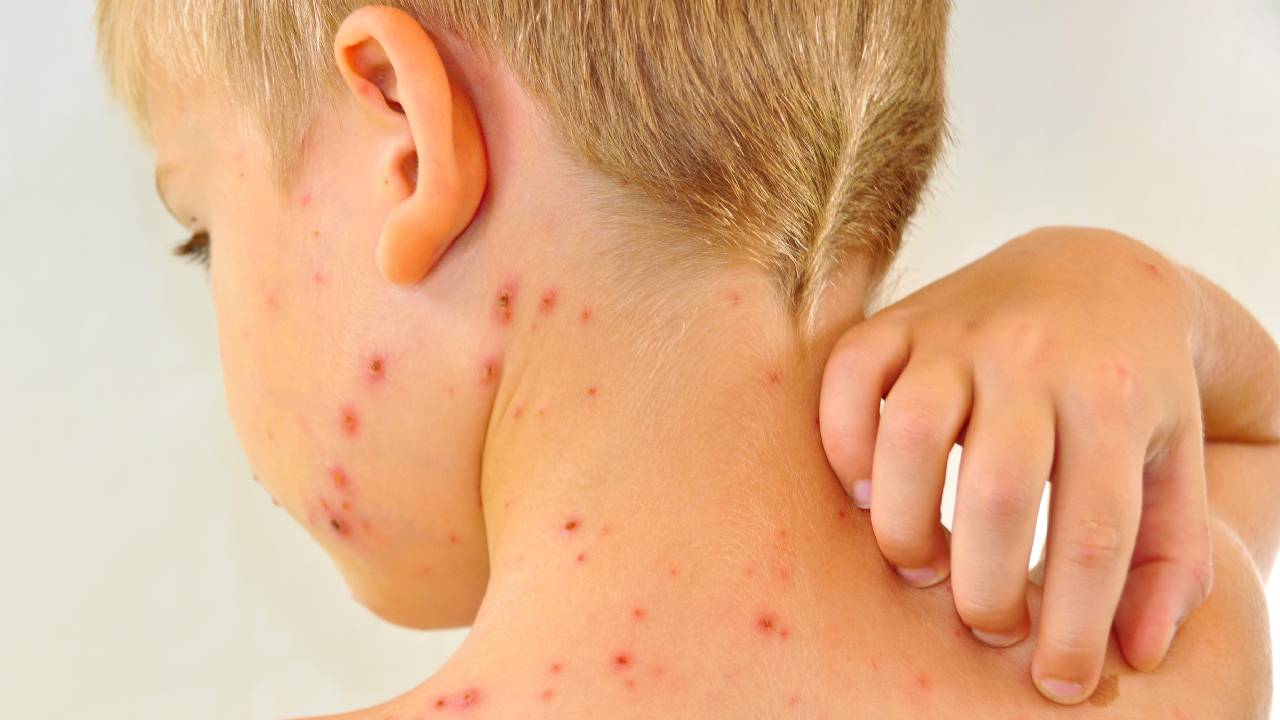In Clinical
Let’s get clinical. Follow the links below to find out more about the latest clinical insight in community pharmacy.Bookmark
Problem representation
A six-year-old boy presents with a two-day history of acute onset constitutional symptoms with associated rash.
Hypothesis generation
Morphologically, a maculopapular rash is a mixture of macules (flat skin lesions ≤1cm in diameter) and papules (elevated, solid skin lesions ≤1cm in diameter).
A maculopapular rash can be defined as a smooth skin rash or redness covered by elevated bumps. It is also referred to as morbilliform eruption or exanthematous eruption (exanthema – skin rash accompanying a disease or fever).
It can be characterised as acute (less than 4 weeks’ duration), sub-acute (4-8 weeks) or chronic (>8 weeks). Rashes represent a diagnostic challenge but are commonly caused by infections in children and allergy in adults.
As you are dealing with a seven-year-old child, your first thoughts on the conditions that are a common cause of his symptoms would be:
Likely diagnosis
- Erythema infectiosum (Fifth disease)
- Hand, foot and mouth (HFM)
- Roseola infantum (Sixth disease, exanthem subitum) – all viral.
Unlikely diagnosis
- Allergies
- Drug eruptions
- Erythema multiforme
- Infectious mononucleosis
- Infectious causes from endemic regions
- Rubella (German measles)
- Rubeola (measles) or scarlet fever.
Critical diagnosis
- Cutaneous lupus erythematosus
- Juvenile idiopathic arthritis
- Kawasaki disease
- Rubella or rubeola complications.

